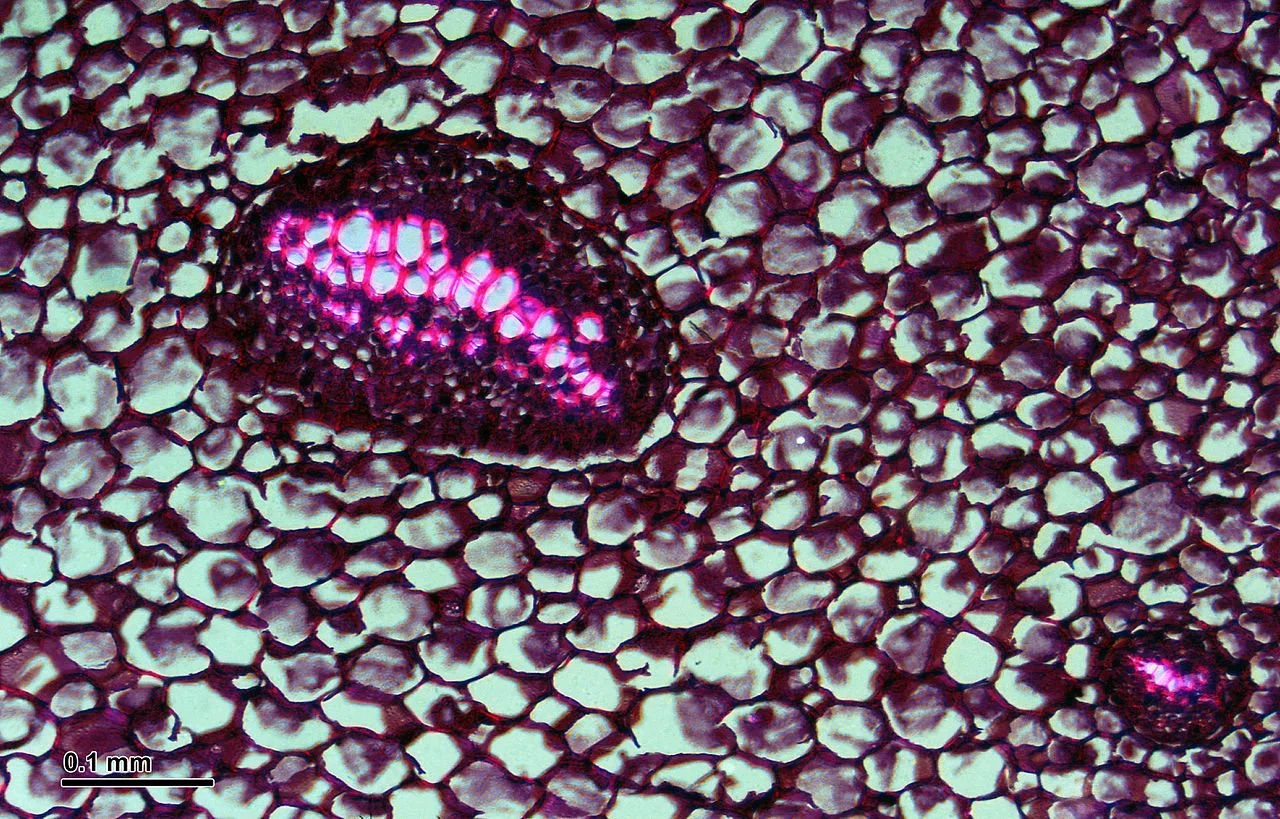For those who had always thought of woman as simply a long haired animal it must have been earth shaking. It was that sensation that had been repeated for some time spurred on by the political history of this country. Whatever the circumstance, the scream came from a female throat. Only this time it wasn’t from just any throat, but from a small, coppery girl of the people.
For just that reason it was set off from others that populated literature, where in rough strokes the authors attempted to trace an insignificant profile, at times with a tinge of perdition (though not perversion), attenuated by all sorts of sociological hypotheses. These hypotheses made clear that she would not embody the personae of a specific temperament: neither a Karenina, or a Bovary, for example.
And now it was them who had a knife up their sleeve. They were everywhere, wherever an armed insurrection sprouted: on the coast or in the sierra, and even in those places less accessible to the coastal imagination like the tropics.
Epics situated them as the descendants of an ancient race of warriors – of the Chanka or the Wari-, and the newspapers covered them in the usual manner, generally demonizing them, as though they were drugged; only then could they have the courage to dare. None of these got any closer to the root of the matter because no one was allowed to.
It was a woman – it was noted with acrimony – who was in charge of the assassination squad, or the one who fired the coup de grace.
One of them, the student, Edith, had been converted into a legendary figure. The day of her funeral one saw her in the newspapers clumsily sewn from her pubis to her breasts where they had bayonetted her.
Her image had nothing that those of the other girls hadn’t, except for the firmness of her steely gaze, more pronounced still in her high cheekbones and her straight hair which fell, unbrushed, though not unruly.
That night, which some journalists christened the night of the long knives, and on which most people ran to their televisions to take refuge from danger, they were in the Plaza Dos de Mayo. A relatively large, or relatively small, group – depending on how the article’s author presented it – jeered the speakers at an assembly organized by a political party. Hours later, they organized a rally on a university campus. The red flag waved from one of the pavilions of the student center.
It was a tobacco colored, moonless night, wet from winter’s early appearance.
The masked ones shouted slogans backing the revolution before the eyes of thousands of viewers. Beyond, a considerable contingent of police armed to the teeth cordoned off the cloister.
Suddenly, from out of a sepulchral silence in honor of their fallen comrades, that dry howl that seemed to have been heard before. A drunken spirit making the voice hang at the crest of its highest possible arc, crossing the mountains, those peaks seen from afar like enormous wakes.
No one saw the face of the leader, covered with a balaclava, but all divined it.
It was the face equal to the voice. And the city creaked as one who, wounded, staggers across the length of a bridge.
Carmen Ollé was born in Lima and is a poet, fiction writer and cultural critic. Part of the Hora Zero movement with Jorge Pimentel, Tulio Mora, Juan Ramírez Ruíz and Enrique Verástegui, she is also seen as one of the most important voices of Peruvian poetry of the 1970s and 1980s. She was the first woman to receive the Casa de la Literatura Peruana prize, and is the author and editor of a number of volumes, including the much lauded Noches de Adrenalina and Todo orgullo husmea la noche where The Scream was first published. She is also the author of the novels Por qué hacen tanto ruido, La dos caras del deseo, Pista Falsa, Retrato de una mujer sin familia frente a una copa, Halcones en el parque. She has likewise published a book of dramatic works, Tres piezas No and a memoir of her time in Paris in the late 1970s, Una muchacha bajo su paraguas.
